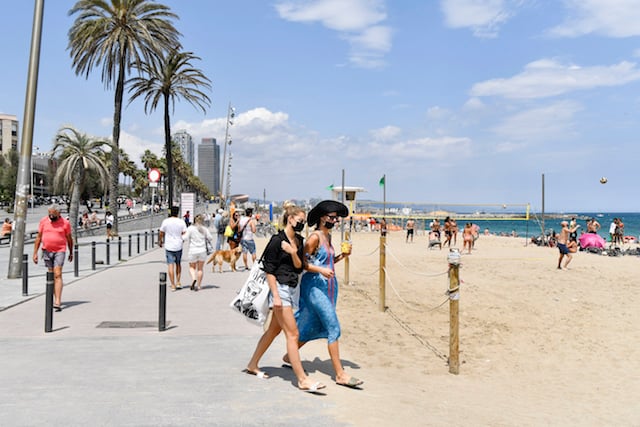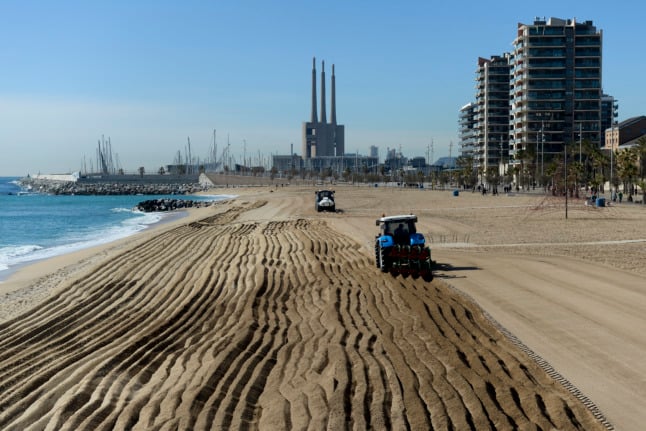Polls published by Spanish newspapers El Pais, ABC and El Mundo showed that pro-independence parties looked set to win a majority together in the upcoming election, which has been framed as an indirect vote on independence.
An absolute majority requires having 68 seats in the Catalan Parliament, out of a total of 135.
The survey by El Pais showed pro-separatist parties Junts pel Si (Together for Yes) and Popular Unity Candidacy (CUP) together collecting nearly 50 percent of the votes in the poll, with Junts pel Si picking up 66 or 67 seats and CUP ten or 11 seats.
Más del 60% de los catalanes quieren permanecer en España http://t.co/oGH2OQtMSC El independentismo roza el 50% de los votos
— EL PAÍS (@el_pais) September 20, 2015
ABC’s poll also predicted the pro-independence movement would win a comfortable majority with 40.7 percent of survey respondents choosing Junts pel Si (65 to 67 seats) and 6.4 percent voting for CUP (seven to nine seats).
While the figures are pointing to an absolute majority for pro-independence parties, Catalan people are less sure about the region's independence prospects.
A separate survey by newspaper La Vanguardia showed that just 20 percent of Catalan respondents were confident that the vote would result in independence for the northeast region.
Thirty-two percent said they thought the election would lead to a permanent conflict between the regional and federal governments.
Just over 42 percent expressed optimistic predictions, though not ending in independence: 27.1 percent said they thought the election would lead to better funding for and recognition of Catalan cultural identity while 15 percent said it could lead to negotiations for how Catalan could better fit in within Spain.
In the survey by El Pais, 60 percent of Catalans said they would want to stay with Spain if the region had more powers.
Catalan separatist leaders have vowed to declare independence within 18 months if they win the vote on September 27th.
The pro-independence movement has been fuelled in recent years in part by the economic crisis and complaints by Catalans that their tax money is redistributed across the rest of the country.





 Please whitelist us to continue reading.
Please whitelist us to continue reading.
Member comments